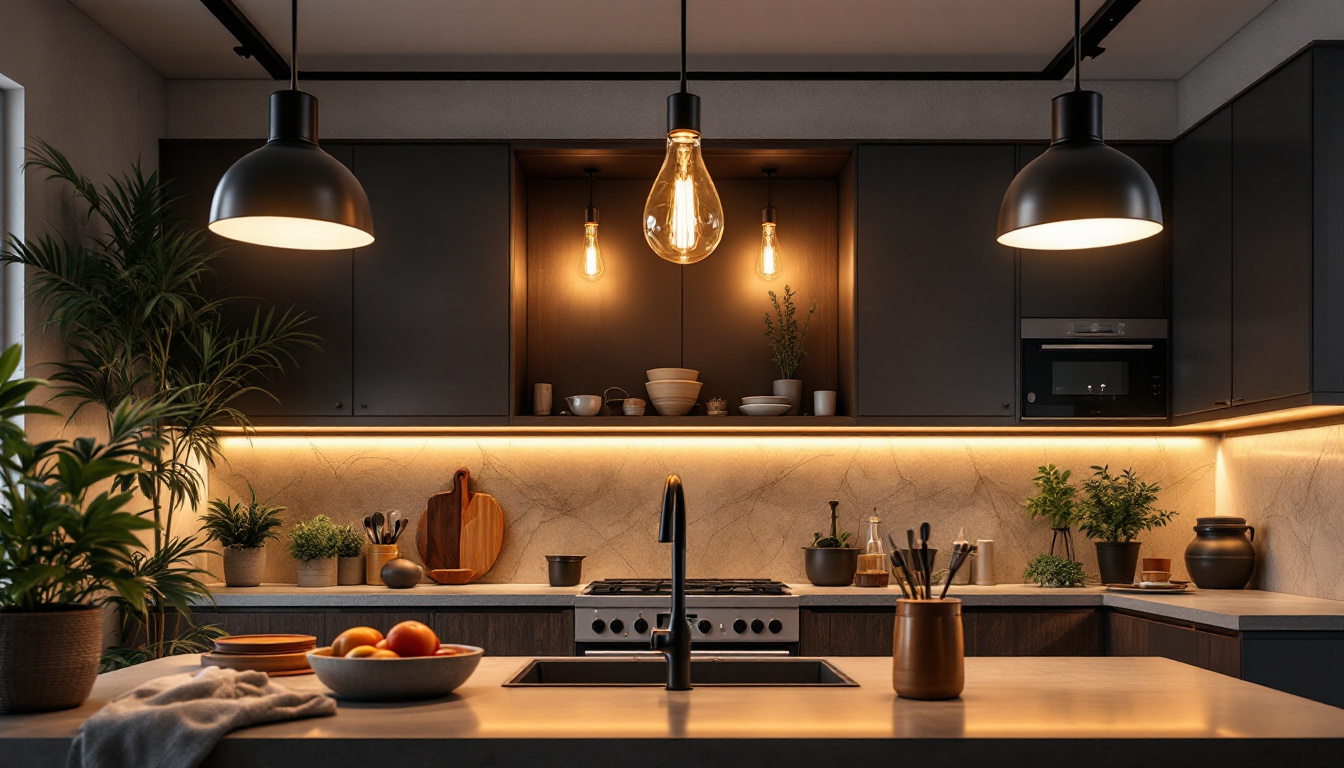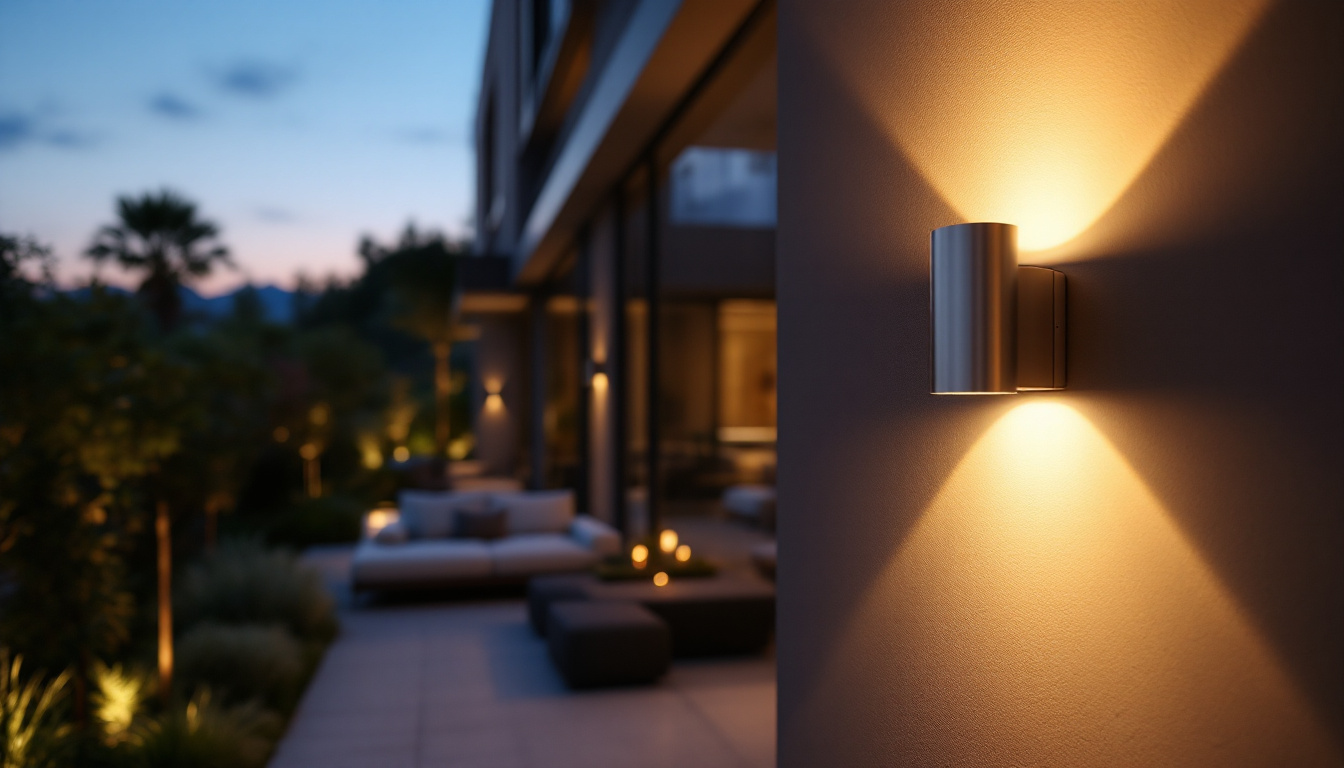

Electrical box covers are an essential component in the realm of electrical installations, particularly for lighting contractors. They serve multiple purposes, from protecting wiring to ensuring safety and compliance with electrical codes. Understanding the various types, materials, and installation techniques of electrical box covers can significantly enhance the quality of work and safety in any lighting project.
Electrical box covers are designed to enclose electrical junction boxes, providing protection and accessibility to the wiring contained within. These covers come in various shapes and sizes, tailored for different applications and environments. Their primary role is to prevent accidental contact with live wires, ensuring that the installation remains safe for both contractors and end-users. Additionally, they help maintain the aesthetic integrity of the installation by concealing unsightly wiring and junction boxes, making them an essential component in both residential and commercial settings.
There are several types of electrical box covers available, each suited for specific applications. The most common types include:
In addition to these common types, there are also specialized covers such as low-profile covers that are designed to fit in tight spaces, and decorative covers that can enhance the visual appeal of a room. Furthermore, some covers come with built-in features like tamper-resistant designs, which are particularly useful in environments where safety is a priority, such as childcare facilities or public spaces.
The materials used in electrical box covers can significantly impact their durability and suitability for specific environments. Common materials include:
Moreover, the choice of material can affect not only the longevity of the cover but also its resistance to various environmental conditions. For instance, UV-resistant plastics are ideal for areas exposed to direct sunlight, while galvanized steel is often selected for its rust-resistant properties in humid climates. Additionally, some manufacturers are now exploring eco-friendly materials that reduce environmental impact without compromising on performance, catering to the growing demand for sustainable building practices.
Proper installation of electrical box covers is crucial for ensuring safety and compliance with local electrical codes. Lighting contractors must be aware of various factors that can influence the installation process.
Electrical codes dictate specific requirements for the installation of electrical box covers. Familiarity with the National Electrical Code (NEC) and local regulations is essential for lighting contractors. These codes often specify the types of covers that can be used in different environments, ensuring that installations are safe and compliant. Additionally, staying updated with any amendments to these codes is vital, as they can change based on new safety standards or technological advancements. Contractors should also consider the importance of documentation and inspections to verify that their installations meet the necessary code requirements.
When installing electrical box covers, accessibility for maintenance should be a priority. Covers that are difficult to remove can complicate future repairs or upgrades. Lighting contractors should consider using covers that allow for easy access while still providing adequate protection. Furthermore, it’s beneficial to educate clients about the importance of regular maintenance checks. This not only extends the lifespan of the electrical systems but also ensures that any potential issues are identified and addressed promptly, thereby enhancing overall safety.
The environment in which the electrical box cover will be installed plays a significant role in the selection process. For outdoor installations, weatherproof covers are essential to protect against rain, snow, and debris. In contrast, indoor installations may require less robust covers, allowing for a more aesthetically pleasing finish. It’s also important to consider the specific environmental conditions, such as humidity levels or exposure to chemicals, which may necessitate specialized materials for the covers. For example, in coastal areas, contractors might opt for corrosion-resistant materials to combat the effects of saltwater exposure, ensuring longevity and reliability of the installation.
Selecting the appropriate electrical box cover is vital for ensuring the longevity and safety of the installation. Lighting contractors should consider several factors when making their choice.
The size of the electrical box cover must match the dimensions of the electrical box itself. Oversized or undersized covers can lead to gaps that may expose wiring or allow moisture to enter. Contractors should always verify the compatibility of the cover with the box before installation. Additionally, it is crucial to consider the type of electrical box being used, as there are various designs such as old work boxes, new work boxes, and ceiling boxes, each requiring specific cover types. Ensuring that the cover is not only the right size but also appropriate for the box type can prevent potential hazards and ensure a secure fit.
In residential lighting projects, aesthetics can play a significant role. Covers come in various styles and finishes, allowing contractors to select options that complement the overall design of the space. Choosing the right style can enhance the visual appeal of the installation while maintaining functionality. For instance, decorative covers can add a touch of elegance to a room, whereas more utilitarian designs may be better suited for utility areas. Furthermore, finishes such as brushed nickel, matte black, or classic white can harmonize with the existing decor, creating a cohesive look that elevates the entire environment.
While it may be tempting to choose the cheapest option available, it is essential to consider the long-term implications of cost-cutting. Higher-quality covers may come with a higher initial price tag but can save money in the long run by reducing maintenance and replacement costs. Moreover, investing in durable materials can also enhance safety, as they are often designed to withstand environmental factors like humidity and temperature fluctuations. It’s important for contractors to weigh the upfront costs against the potential risks and expenses associated with inferior products, ensuring that they make a well-informed decision that prioritizes both safety and budget.
The material of the electrical box cover is another crucial factor to consider. Covers are typically made from plastic, metal, or a combination of both, each offering distinct advantages. Plastic covers are lightweight and resistant to corrosion, making them ideal for damp environments, while metal covers provide superior durability and strength. Additionally, metal covers often come with grounding options, which can enhance safety in certain applications. Contractors should assess the specific needs of the installation environment, including exposure to moisture, heat, and physical wear, to determine the most suitable material for their project.
Finally, it is essential to ensure that the chosen electrical box cover complies with local building codes and safety standards. Many covers are rated for specific applications, such as indoor or outdoor use, and may have additional certifications for fire resistance or impact protection. Familiarizing oneself with these regulations not only helps in selecting the right product but also protects the contractor from potential liabilities. By prioritizing safety ratings and compliance, contractors can ensure that their installations meet the necessary legal requirements while providing peace of mind to their clients.
Even experienced lighting contractors can make mistakes during the installation of electrical box covers. Being aware of common pitfalls can help ensure a successful installation.
One of the most common mistakes is neglecting to check the compatibility of the box and cover. Using mismatched sizes can lead to safety hazards and code violations. Always double-check the specifications before proceeding with installation.
Failing to consider environmental conditions can lead to premature wear and tear on electrical box covers. For instance, using indoor covers outdoors can result in damage due to moisture exposure. Always select covers that are appropriate for the installation environment.
While it is essential to secure electrical box covers properly, overtightening screws can lead to damage. This can warp the cover or even crack it, compromising its protective capabilities. Use the appropriate torque settings to avoid this issue.
Regular maintenance and inspection of electrical box covers are crucial for ensuring ongoing safety and functionality. Lighting contractors should develop a routine maintenance schedule to check for any signs of wear or damage.
Conducting visual inspections can help identify any issues before they become significant problems. Look for signs of corrosion, cracks, or loose fittings. Addressing these issues promptly can prevent safety hazards and costly repairs.
For outdoor installations, testing for moisture intrusion is essential. Water can compromise the integrity of the electrical connections, leading to failures or hazards. Use moisture meters or visual inspections to check for any signs of water ingress.
Electrical box covers are a critical aspect of any lighting installation, ensuring safety, compliance, and functionality. By understanding the types, materials, and installation techniques of these covers, lighting contractors can enhance the quality of their work and provide peace of mind to their clients.
Choosing the right electrical box cover involves considering various factors, including size, style, and environmental conditions. Avoiding common mistakes and implementing a routine maintenance schedule can further ensure the longevity and safety of electrical installations.
As the electrical landscape continues to evolve, staying informed about the latest developments in electrical box covers will empower lighting contractors to deliver exceptional service and maintain high standards in their projects.
Ready to elevate your lighting installations with the highest quality electrical box covers? Look no further than LumenWholesale, where we provide contractors with spec-grade lighting products at unbeatable wholesale prices. Our selection is designed to meet the most rigorous industry standards, ensuring you have access to reliable, high-performance lighting essentials for every project. Plus, with free shipping on bulk orders, you can stock up on premium lighting solutions at the best value without any hidden fees. Don’t compromise on quality or price. Wholesale Lighting at the Best Value is just a click away. Experience the LumenWholesale difference today!

Discover why ceiling lights are a crucial element for lighting contractors in kitchen design.

Discover the transformative potential of X-shaped linear lights in architecture.

Discover the essential insights lighting contractors need to know about shop lights LED technology.

Discover essential tips for lighting contractors to enhance outdoor spaces with LED wall sconces.
Get notified when NEW deals are released.
Optimize your budget with wholesale discounts.
Only top-quality, specification-grade lighting products.
No additional costs at checkout - what you see is what you pay.
We understand the unique needs of contractors.